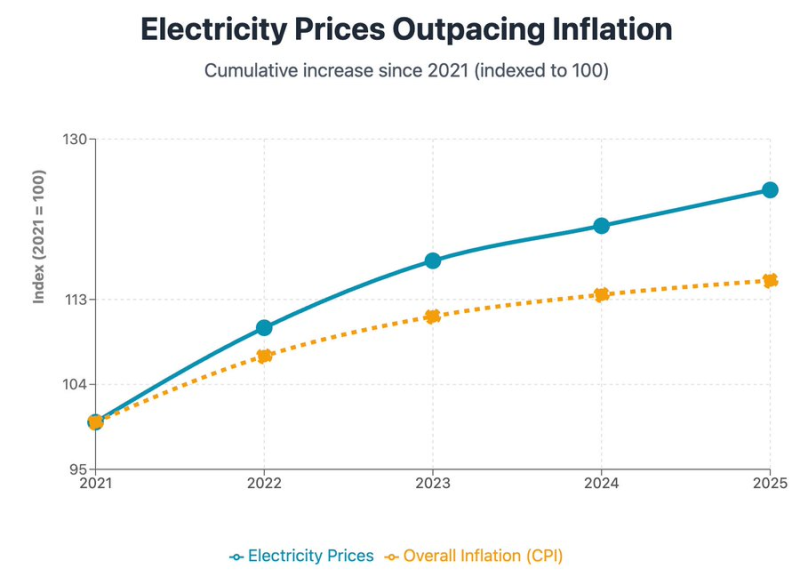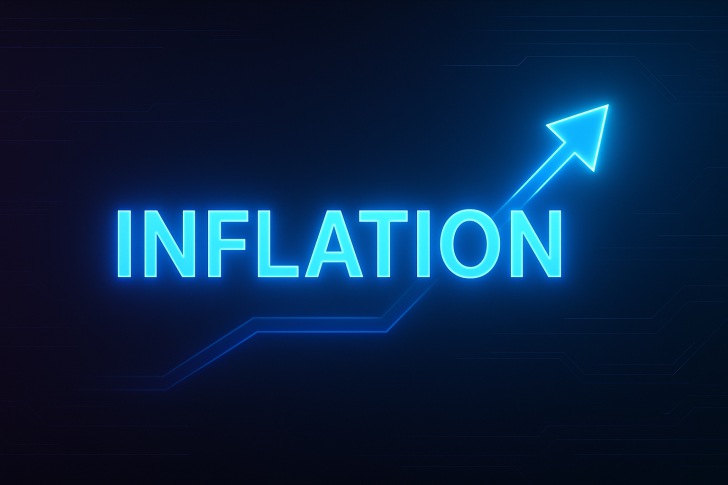American households are feeling the pinch as electricity bills climb much faster than other living expenses. Recent data shows electricity prices have jumped nearly twice as fast as general inflation over the past four years, creating a widening gap that's putting pressure on family budgets and business bottom lines.
The Numbers Tell the Story
The divergence is striking, as highlighted by Ask Perplexity. Starting from the same baseline in 2021, electricity prices and the Consumer Price Index began moving in sync. But by 2022, power costs started pulling ahead. Fast forward to 2025, and electricity has climbed roughly 25% while overall inflation sits at just 13%. That's not your typical inflation story—something deeper is happening in the energy sector.

What's Driving These Higher Costs?
The reasons behind soaring electricity prices are complex and interconnected. The shift toward renewable energy comes with hefty price tags for new infrastructure, battery systems, and upgraded transmission lines. Natural gas, still a backbone of American power generation, has seen wild price swings that directly hit consumer bills. Environmental regulations have gotten tougher, pushing utilities to spend more on compliance. And let's not forget the weather—extreme heat and severe storms keep stressing the grid and pushing wholesale prices up.
Real-World Impact
For everyday families, this means utility bills are eating up a bigger chunk of the monthly budget, with lower-income households feeling the squeeze most acutely. Businesses that use a lot of power—think manufacturers and data centers—are watching their profit margins shrink. Investors are eyeing opportunities in renewables and utility stocks, though there's always the risk of government stepping in with price controls or other interventions.
 Usman Salis
Usman Salis

 Usman Salis
Usman Salis


